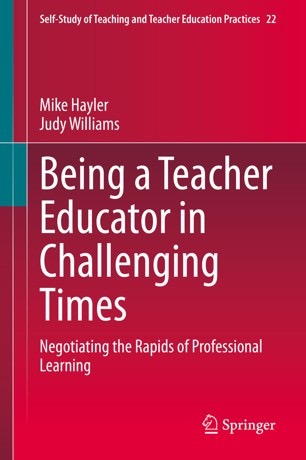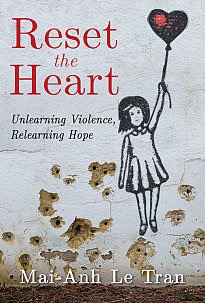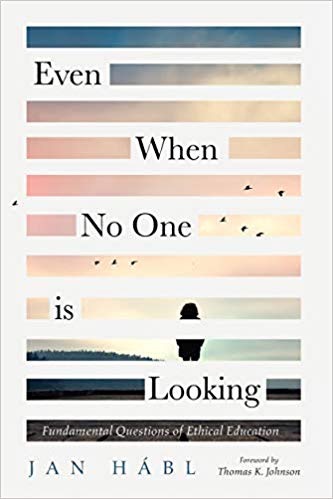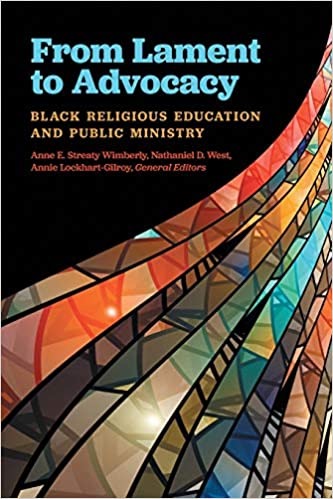religious education
Select an item by clicking its checkbox
Date Reviewed: August 21, 2020
This book is not a list or an overview of various theories of ethics. Nor is it a didactic manual for specific teaching units on moral education aimed at some group based on age or a particular theme (although some educational frameworks will be proposed). As the title suggests, the book intends to seek the starting points or foundations without which no moral education would be possible. The goal is to formulate and tackle the key questions that precede all moral education. What makes “good vs. evil” language possible and meaningful? Can virtue be taught and learned? What makes our actions good? What is the condition of human nature? Are we naturally good, or evil? What constitutes an educator’s right to morally influence anyone else (not just a child)? What is the goal of moral education? What does a morally educated person look like? And how can we ensure the coveted moral result? Or—in the words of Jan Amos Comenius, the “teacher of nations”—how to educate a person to not only know what is good, but also to want what is good, and to do what is good “even when no one is looking?” (From the Publisher)
Date Reviewed: June 17, 2021

Date Reviewed: June 17, 2021
Readers will gain a better understanding of the processes, influences and relationships that make being a teacher educator both a challenging and rewarding career. Accordingly, the book offers a valuable asset for university leaders, experienced and beginning teacher educators, and researchers interested in the professional learning and development of teacher educators. (From the Publisher)

Reset the Heart - Unlearning Violence, Relearning Hope
Date Reviewed: April 16, 2019
Mai-Anh Le Tran, an associate professor of religious education and practical theology at Garrett-Evangelical Theological Seminary, tackles a profound question in her book Reset the Heart: Unlearning Violence, Relearning Hope when she asks, “what does it mean to educate for faith in a world marked by violence?” Tran, who is a past president of the Religious Education Association, is an ordained elder of the United Methodist Church.
This intriguing volume about the problem of faith in a violent world begins in August 2014 with the deaths of Eric Garner in New York City and Michael Brown in Ferguson, Missouri. Situated within this violence and racism, Tran allows three questions to guide her search for meaning and answers: “What does it mean to educate for faith in a world marked by violence? How are Christian faith communities complicit in the teaching and learning of violence? What new (or renewed) practices of faith and educational leadership can help us unlearn violence and relearn hope?” (10). The search for these answers provides her agenda for “resetting the heart” (10).
Tran’s first two chapters struggle with her first question as she draws upon frameworks from social psychology, cultural studies, postcolonial theory, and racial formation theory. In Chapter Three, she examines the church’s complicity in the teaching and learning of violence. She offers a reframing of Charles Foster’s five major critiques of the church’s “catechetical culture” as a foundation of her answer. Finally, she attempts to answer her third question in Chapters Four, Five, and Six as she models relearning hope.
Throughout this volume, Tran explores a number of subjects that interrelate with her subject including race as political theology, racism as a form of violence, religious education malpractice, and the erasure of historical memory. Her model for relearning hope includes practicing communicability, redeemability, and educability. She reminds her readers again and again of the vital importance of religious education and the role of the religious educator in fostering transformation. As she writes in her conclusion, “Let the people of God say ‘Amen.’ And let Christian religious educators remind the people what ‘Amen’ means” (164).
Tran makes excellent use of a powerful theological writing technique rooted in what theologian Heather Walton describes as “performance autoethnography.” Her use of this technique makes the book’s content come alive in a faithful and academically solid narrative; Tran shows readers theology instead of just telling them. This is particularly true in her opening chapter as well as in Chapters Four, Five, and Six, when she integrates the support of 14 other theological voices that she engages as “theological reflectors.” This complex and stimulating writing does make the writing style in Chapters Two and Three, where Tran establishes her argument within the wider academic narrative, seem flat and uninspiring. Nevertheless, this is a very well-written narrative that is a pleasure to read.
Tran provides readers with a valuable and insightful addition to the theological understanding of religious education. This volume should be added to all theological libraries and is a must read not only for academics who specialize in religious education but also for clergy and leaders in parish religious education.

Religion, Education and Society
Date Reviewed: February 26, 2015
Religion, Education and Society details research on the role of religious education (RE) in the secondary school system in the United Kingdom. The book is a selection of papers first presented at the conference “Religion in Education: Findings from the Religion and Society Programme” held at the University of Warwick (July 2011). The collection of contributions examines young people as they relate to religion in various settings. The study is diverse in terms of the religions included (Christianity, Islam, and Sikhism). Chapters reveal how young people reflect on religion in the classroom, with peers, in their families, in religious communities, and in wider society.
Chapters report on findings related to three research areas. The first part consists of four chapters reporting on “Young People’s Attitudes to Religious Diversity.” Findings reveal that young people’s attitudes toward religion in general and to religious diversity are more strongly influenced by the practice and perceptions of religion in the broader community than by RE in the classroom (13-26). Research exposed a potentially negative result of school-based RE in contexts characterized by low levels of religious literacy; that information learned can be used to ridicule religious peers rather than to further mutual understanding (27-30). Contributors paint a picture of factors that influence religious faith among young people including religious affiliation, participation in public worship, personal faith practice and belief, and perceptions of God (31-60).
The second part includes two chapters addressing the question, “Does Religious Education Work?” In the introduction to the volume, the editors identify two primary reasons for RE in public schools: (1) that religion is an integral part of human experience and worthy of examination, and (2) that the study of religion is instrumental in promoting social cohesion and enhancing the personal development of young people (5-11). Unfortunately, RE often suffers from a lack of clarity in purpose – thus hindering its intended outcomes. Findings provide insight on how postmodern thought, a constructivist philosophy of education, and contemporary societal realities have made it difficult to maintain a unified purpose for RE (61-80).
The third part comprises seven chapters exploring the role and impact of RE in diverse contexts (81-169). Research presented describes the impact of various aspects of RE programs including curricula, teaching methodology, and the role of instructors in shaping the religious identities of young people. Emerging from these pages are practical guidelines for administrators, curriculum developers, and instructors. Chapters provide religious communities with workable models for partnering with RE programs in passing faith traditions on to future generations.
A conspicuous strength of this book is critical analysis looking at factors influencing the effectiveness of RE in public schools. As such, the volume is particularly valuable for faculty teaching in RE programs. Consequently, the work is a significant contribution to both theory and practice of RE.
Religion, Education and Society is to be commended for clarifying the purpose and presenting best practices in RE in public educational settings. Working through this volume will reward those engaged in teaching religious studies.

